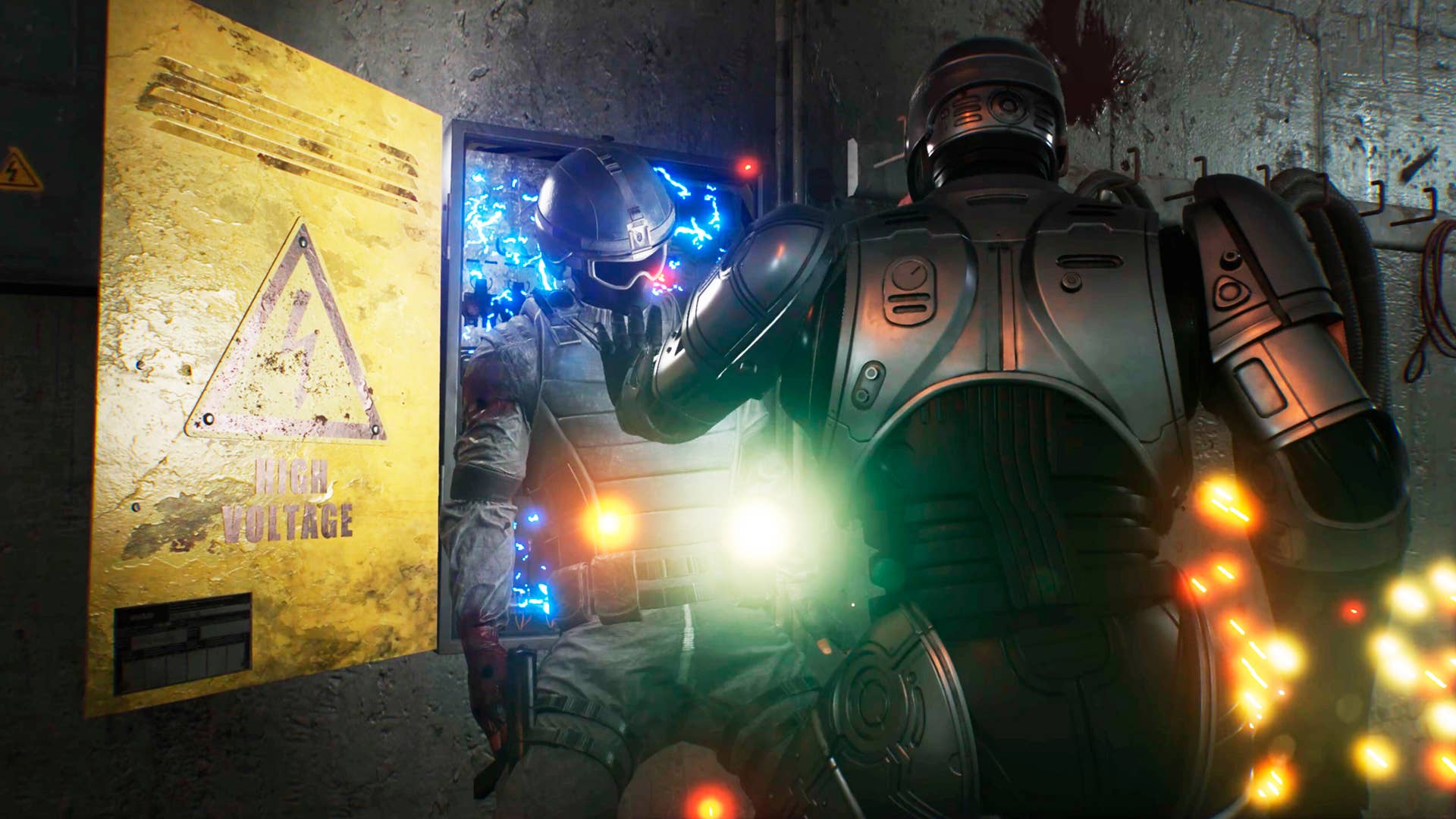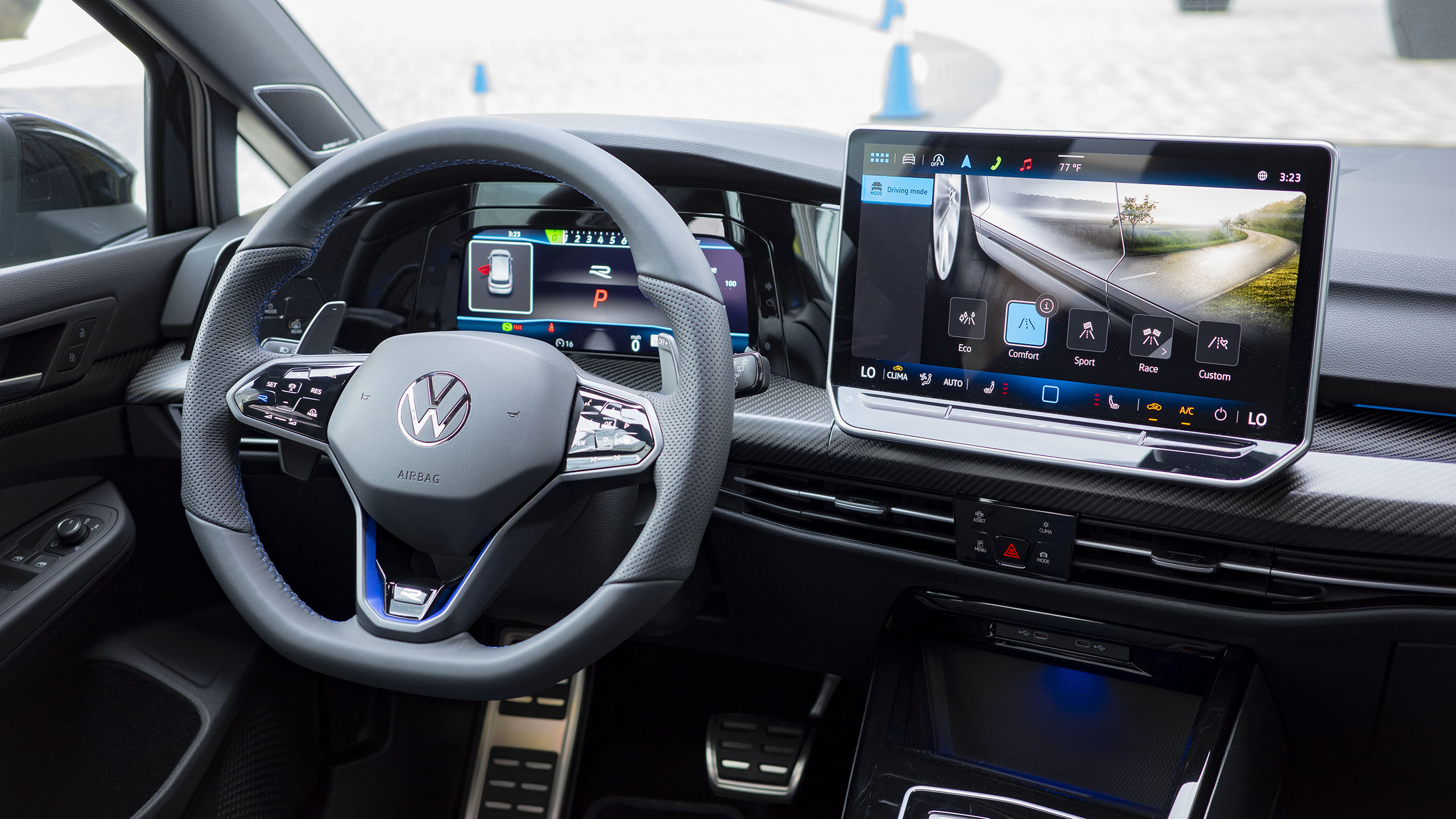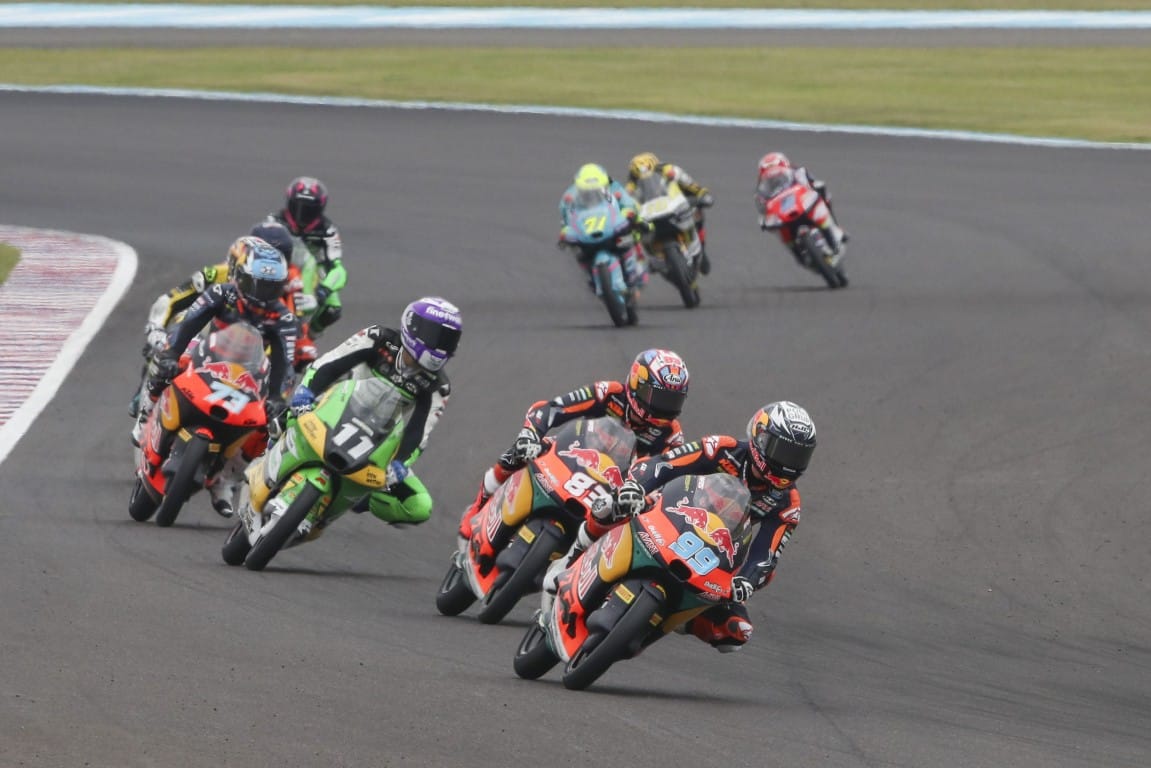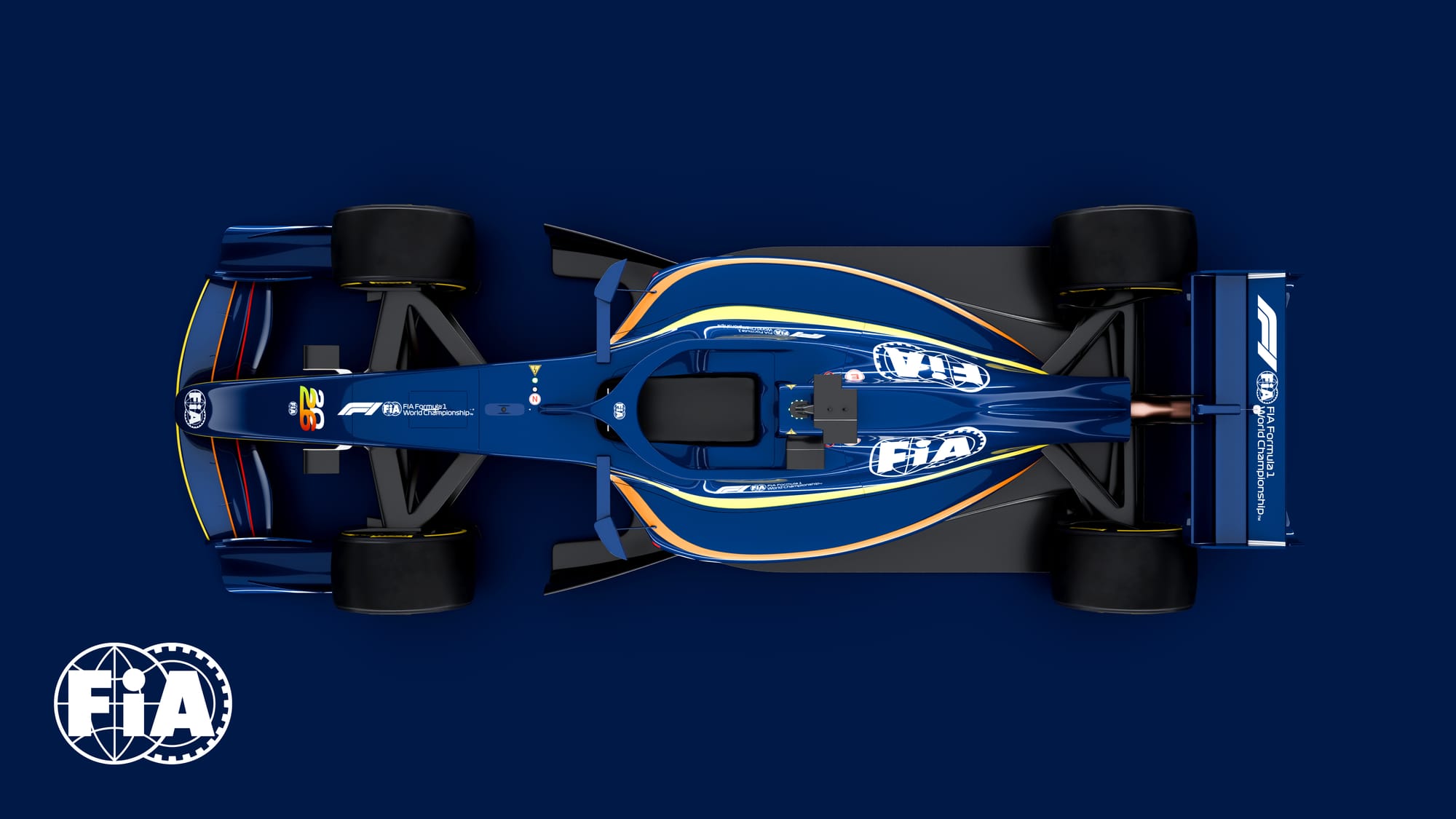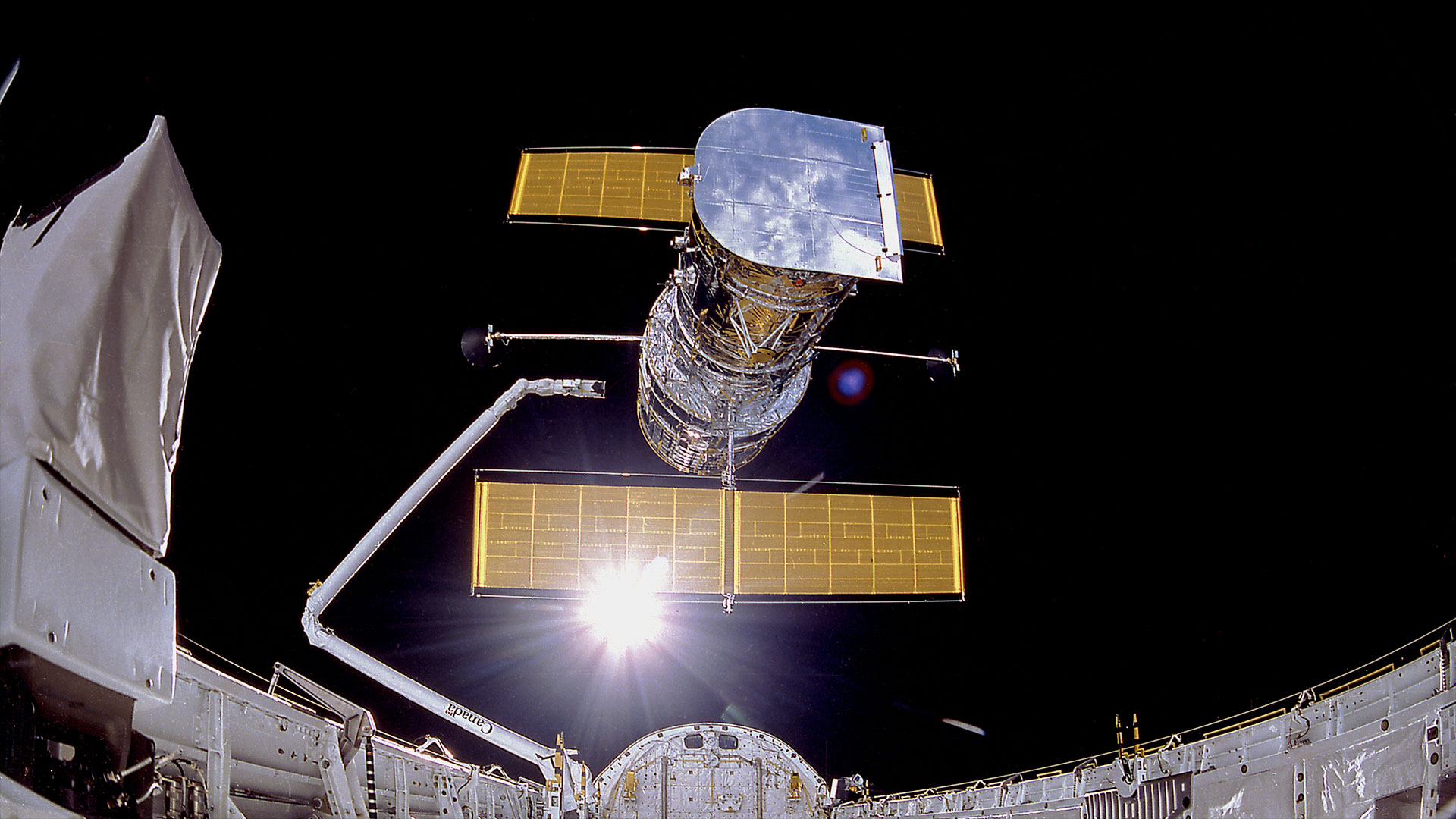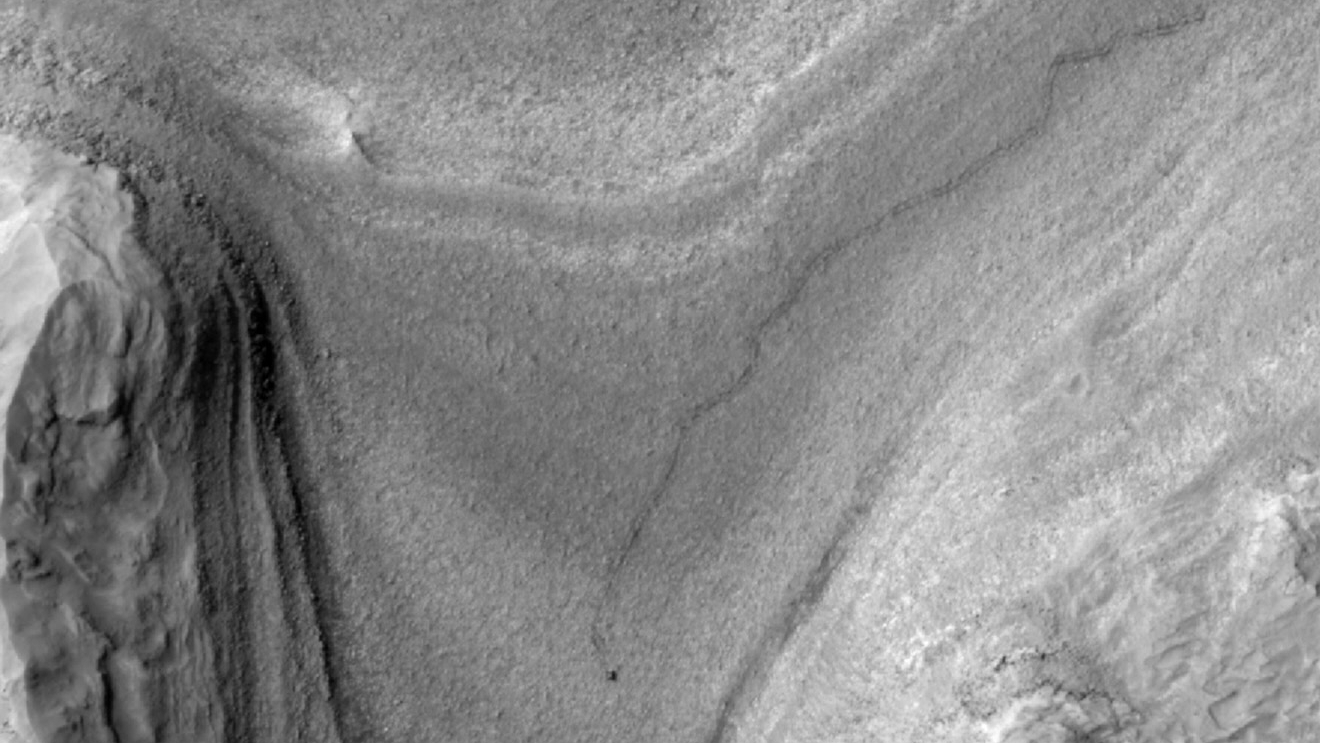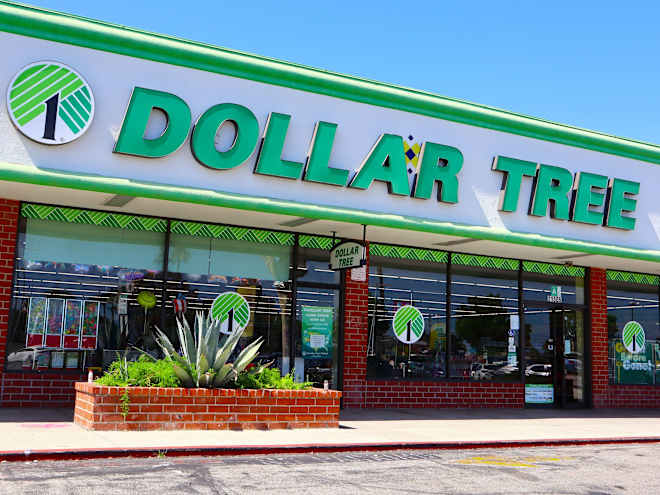The question mark now hanging over Mercedes' progress
Mercedes' start to the 2025 Formula 1 season had been unrecognisable from 12 months ago until a Saudi Arabian Grand Prix that offered some unwelcome deja vu
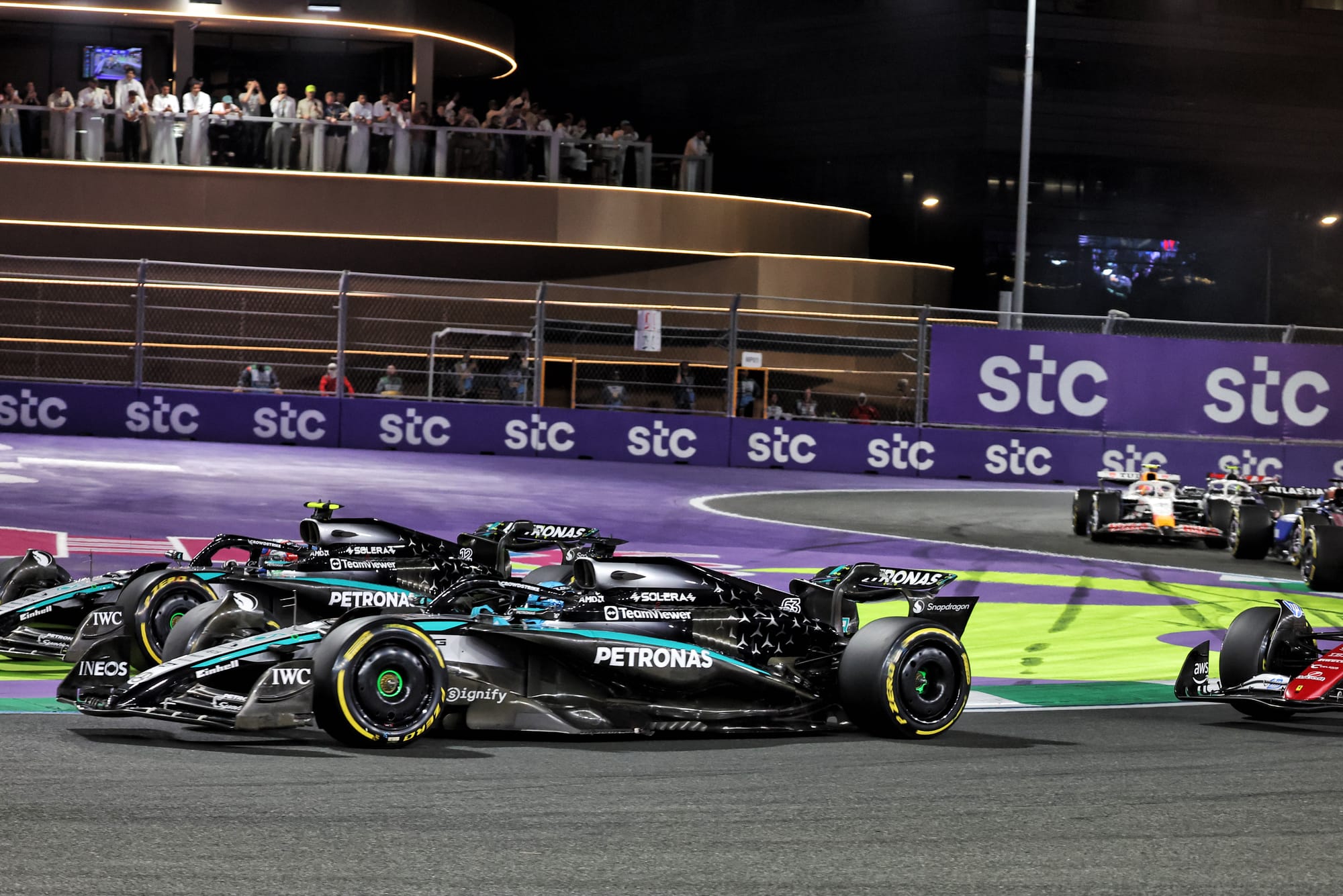

Mercedes' start to the 2025 Formula 1 season had been unrecognisable from 12 months ago until a Saudi Arabian Grand Prix that offered some unwelcome deja vu.
The bare numbers after five events still make for encouraging reading compared to 2024: more points (111-52), more podiums (3-0), and second in the championship instead of fourth.
And a major strength Mercedes has enjoyed this season has been the consistency of its car, until Jeddah.
Since testing, it has stood out as the most user-friendly of the leading cars, with the exception of some brake locking issues that have occasionally arisen.
While that may point to a stiffer platform - consistent with some of what was visible in Japan, where it was notably sparking more than others, or Saudi Arabia, where it looked like it had a less comfortable ride than other cars - that stiffer platform has seemed to be part of what has made the Mercedes package so strong.
Regardless of the reality of such specific details, the working window of this year's Mercedes has been kinder than its predecessors, allowing George Russell to star as a regular podium finisher and giving rookie Kimi Antonelli a nice platform to build his experience.
But a disappointing race in Jeddah, where Mercedes was destroyed on tyre management by its main rivals, meant its triple-header ended on a sour note and served as a reminder of how tyre usage in hot, demanding races has been its main weakness.
That has put a question mark over how much progress Mercedes has made in this area, especially as it had performed much better in a similarly demanding Bahrain Grand Prix.
Jeddah muddied the waters and the team was initially confused. Both drivers were left vulnerable in the race and towards the back of the lead group with only the struggling Lewis Hamilton behind them in his Ferrari (Yuki Tsunoda would likely have been able to get ahead of both Russell and Antonelli but crashed on lap one in his Red Bull).
Finishing fifth and sixth in Saudi Arabia, having started third and fifth and had designs on another podium, was a surprise. Team boss Toto Wolff called it the "worst performance so far" - and by any measure, it was - while Russell seemed baffled.
"We need to understand why it was so bad and why relatively speaking it was much better in Bahrain," he said.
After its initial post-mortem, Mercedes has revealed part of what it believes was so problematic in Jeddah.
What undid Mercedes in Saudi Arabia
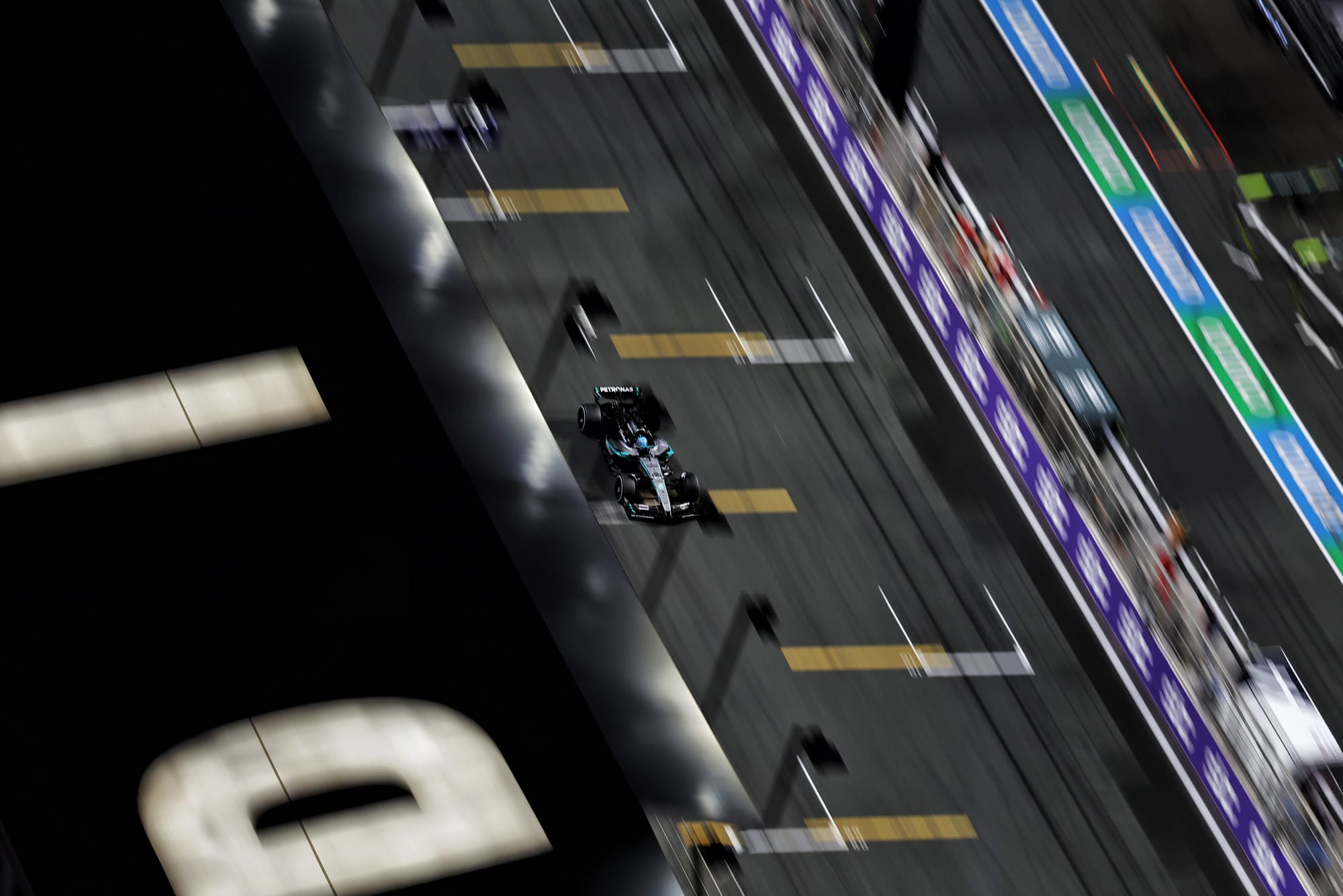
While its review is ongoing, the first factor it has flagged is the warmer conditions.
Both air and track temperature were up compared to last year (the track was significantly 7C warmer, while air temperature is 5.7C higher) - and it was hotter than Bahrain, too. Despite a later race start time, the track temperature in particular was 6C higher in the Saudi Arabian GP.
This meant everything was stressed more than in Bahrain, and more than in Saudi Arabia a year earlier - especially as it is also important to note that the tyres used in Jeddah were all a step softer than last year, too.
Plus track to track Jeddah has a lot more high speed corners that stress the right front tyre more than Bahrain, which is a traction limited circuit so works the rear axle harder.
Linked to this is a different set of race circumstances. Russell had more lasting issues than Antonelli in the race in Saudi, which deputy technical director Simone Resta said "we believe was mainly related to pace" - Russell having been required to push more to try to live with the race leaders.
Russell started third but fell back from Max Verstappen and Oscar Piastri in the opening stint. He stayed out for as long as possible but only managed a couple more laps after radioing in to say his tyres were "toast", by which point he was nine seconds off the lead and a couple of seconds clear of Charles Leclerc's Ferrari.
Mercedes' problem was that its tyre management was so inferior that Leclerc was able to run nine laps longer and do so barely lapping any slower than Russell on fresh hards. So when Leclerc rejoined he was only 3.6s behind Russell, and with a big tyre offset. Russell initially tried to keep him at bay but ended up being easy prey to Leclerc, and then to the recovering Lando Norris who was on an alternate hard-medium strategy.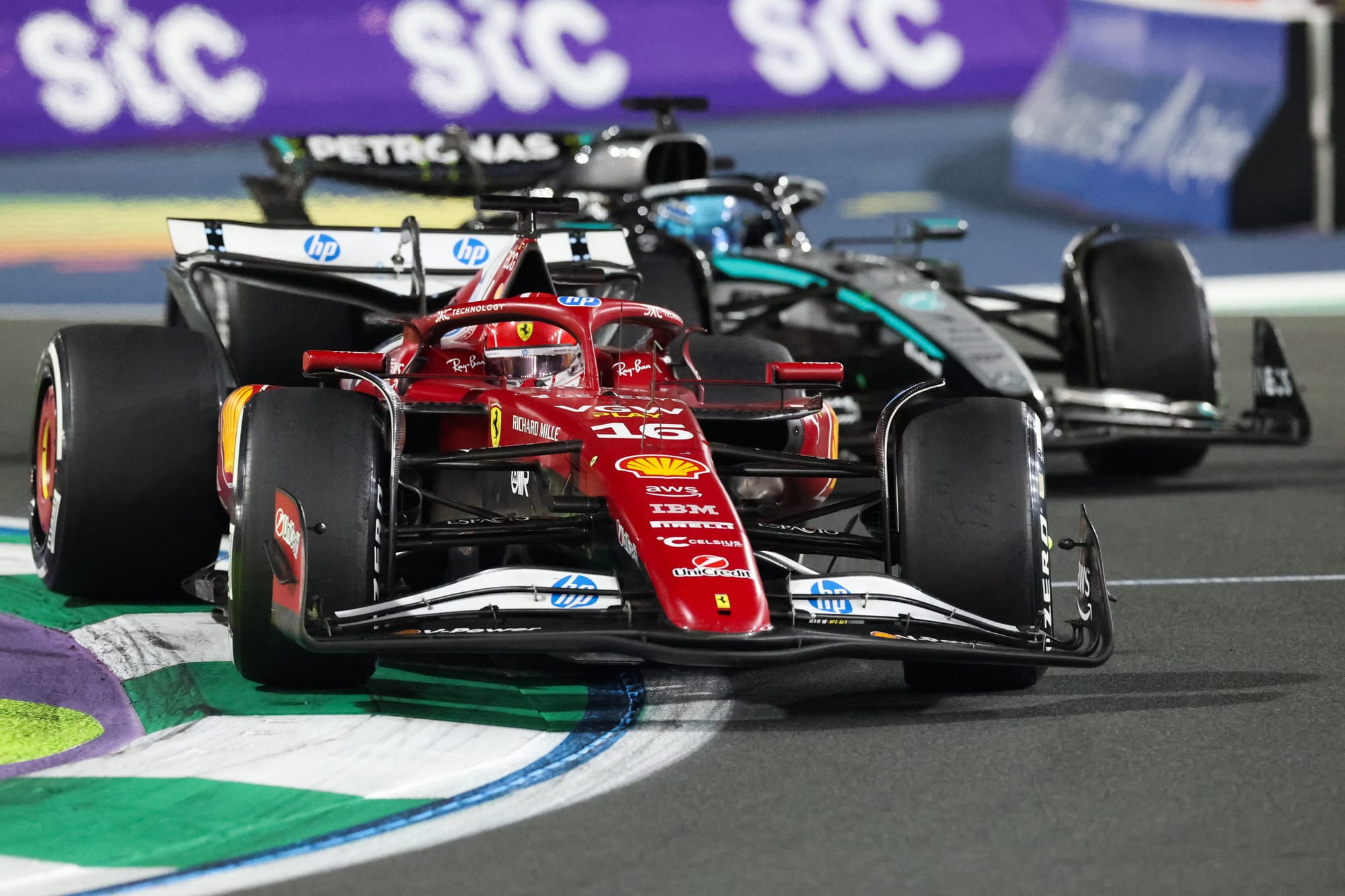
"He was pushing too hard to stay with Charles and also defend with Norris and essentially, he lost the edge of the tyres and he paid the price at the end of the stint," said Resta.
By contrast, Antonelli had been able to use his hard tyres more gently at the start of his second stint. He'd been 10 seconds or so behind Russell, which ballooned to 20 seconds at one stage in the middle of the race - before rapidly coming down in the final 11 laps to just seven seconds.
Those last laps might offer encouragement to Mercedes given Antonelli looked as quick as race winner Piastri, although the obvious caveat there is how much slower he needed to be over the first part of the stint to have the tyres in that shape by the end.
'Peculiar' Miami will be another test
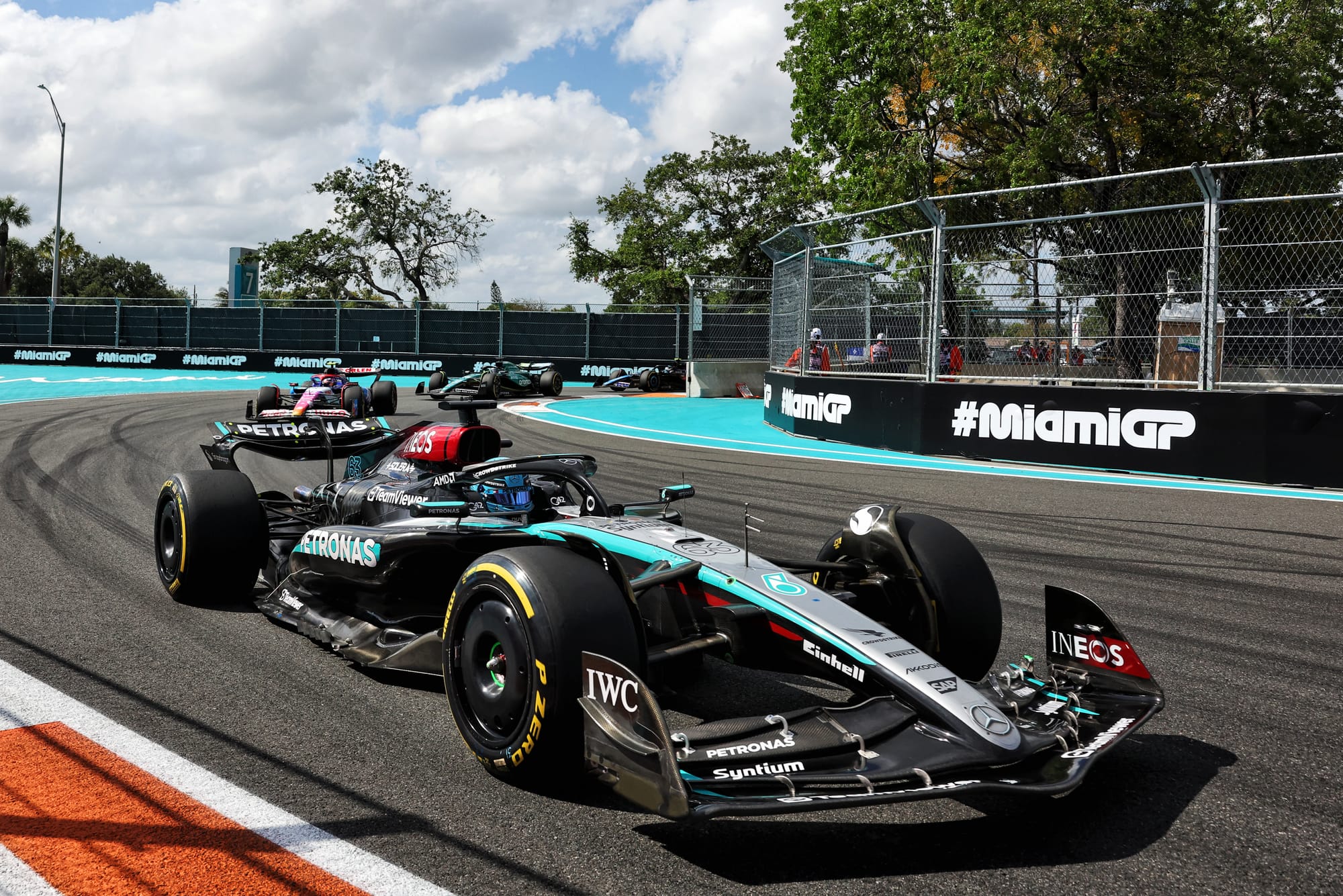
Russell needing to push harder than the others to try to match their pace, and then paying the price, indicates something was either wrong in Mercedes' set-up in Jeddah or points to a lingering inherent weakness.
It has not yet offered a concrete reason for why it struggled to match its rivals beyond the fact it was so hot, unless it really is as simple as its old weakness remains - its car still takes more out of its tyres in certain conditions, and there has not been enough progress in this year.
But Mercedes has not hid the fact the Saudi Arabia race fell short of expectations, so clearly it thought it would cope better than it did.
"We thought based on Friday data we could have been competitive and fight for a podium," said Resta.
"In reality in the race, we were a little bit less competitive than we thought and there is work to do ahead.
"We know that sometimes we've got margin to find in the conditions with the hot track where the tyres degrade too much thermally, so we need to focus on this one before going into Miami."
The Miami race will be another big test. Pirelli has again opted for compounds that are a step softer than a year ago - when Mercedes was again anonymous.
This has been recognised across the board by senior Mercedes personnel. Wolff said "we will need to be better than we were today if we want to avoid a repeat performance", while trackside engineering director Andrew Shovlin said: "We have several hot races coming up and we need to get on top of our tyre management issues if we want to compete consistently at the front.
"We have the opportunity to do so starting in Miami."
Resta said there is "still a very good mood in the team" after what he calls "quite a promising start". But Miami will show whether Mercedes has identified any actable short-term solutions given that race could test its car the same way Jeddah did - and there is an extra variable to contend with, too.
"Miami is going to also be quite a peculiar weekend because it's going to be another sprint weekend so not much time to learn before we start racing in the sprint race," said Resta.
"So a lot of work to do to analyse data, to draw conclusions and then to target what to do differently in Miami to come back competitive like we've been in the initial part of the season."























